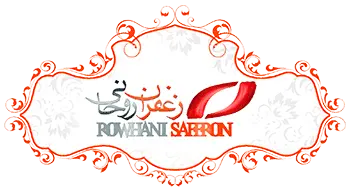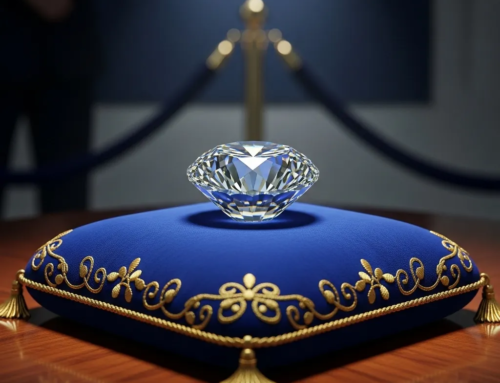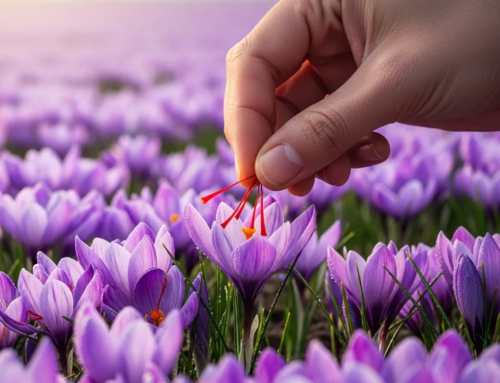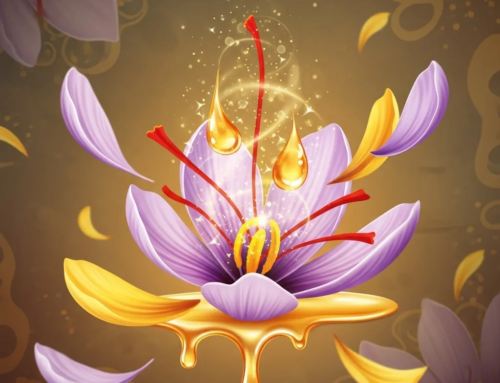How to Tell Real Saffron from Fake Saffron: Key Differences
Saffron is one of the most expensive spices in the world, and unfortunately, counterfeit saffron is common. Knowing how to tell real saffron from fake saffron can save you money and ensure you get the genuine product. There are several methods you can use to differentiate between authentic and fake saffron.
Color and Appearance
Real saffron has a distinct deep red color. The threads are long and thin, often curled at the ends. Fake saffron, on the other hand, may appear bright red or yellow, and the threads are often shorter and more uniform in size. Genuine saffron has a natural, uneven appearance, whereas counterfeit saffron often looks manufactured.
Smell and Aroma
One of the most important characteristics of real saffron is its intense, sweet, and slightly earthy aroma. Authentic saffron has a strong, pleasant smell that is instantly recognizable. Fake saffron, however, may have a weak, musty, or chemical-like odor due to the addition of dyes or other substances used to mimic the look of saffron.
Taste and Flavor
The flavor of real saffron is rich, slightly bitter, and subtly floral. When you place a small piece in water, it will slowly release its color and flavor. Fake saffron will often taste bland or slightly bitter but won’t provide the same depth of flavor. It may also fail to dissolve or release color properly when soaked.
The Water Test
A simple way to test saffron is by soaking a few threads in warm water. Authentic saffron will release a deep yellow or reddish color within a few minutes. Fake saffron, especially if it’s dyed with chemicals, may release a bright, artificial color, or no color at all. Additionally, real saffron won’t release color immediately if it’s not in warm water.
Price and Source
Real saffron is expensive due to its labor-intensive harvesting process. If the price seems too good to be true, it probably is. Be cautious of saffron being sold at unusually low prices. Also, make sure to buy saffron from a reputable source. Well-known brands or trusted vendors typically provide authentic saffron, while street vendors or unreliable sources may sell fake products.
Conclusion: Trust Your Senses
When it comes to saffron, it’s essential to rely on your senses to identify real saffron. Authentic saffron has a distinct color, aroma, taste, and texture. The water test is a great way to check its authenticity, and the price is often a good indicator. By being aware of these differences, you can ensure you’re purchasing the best quality saffron available.
For more information about premium saffron, feel free to visit our selection of all-red saffron.
We hope this article helps you identify genuine saffron and avoid counterfeit products. Enjoy saffron for its unmatched flavor and health benefits.








Get Social